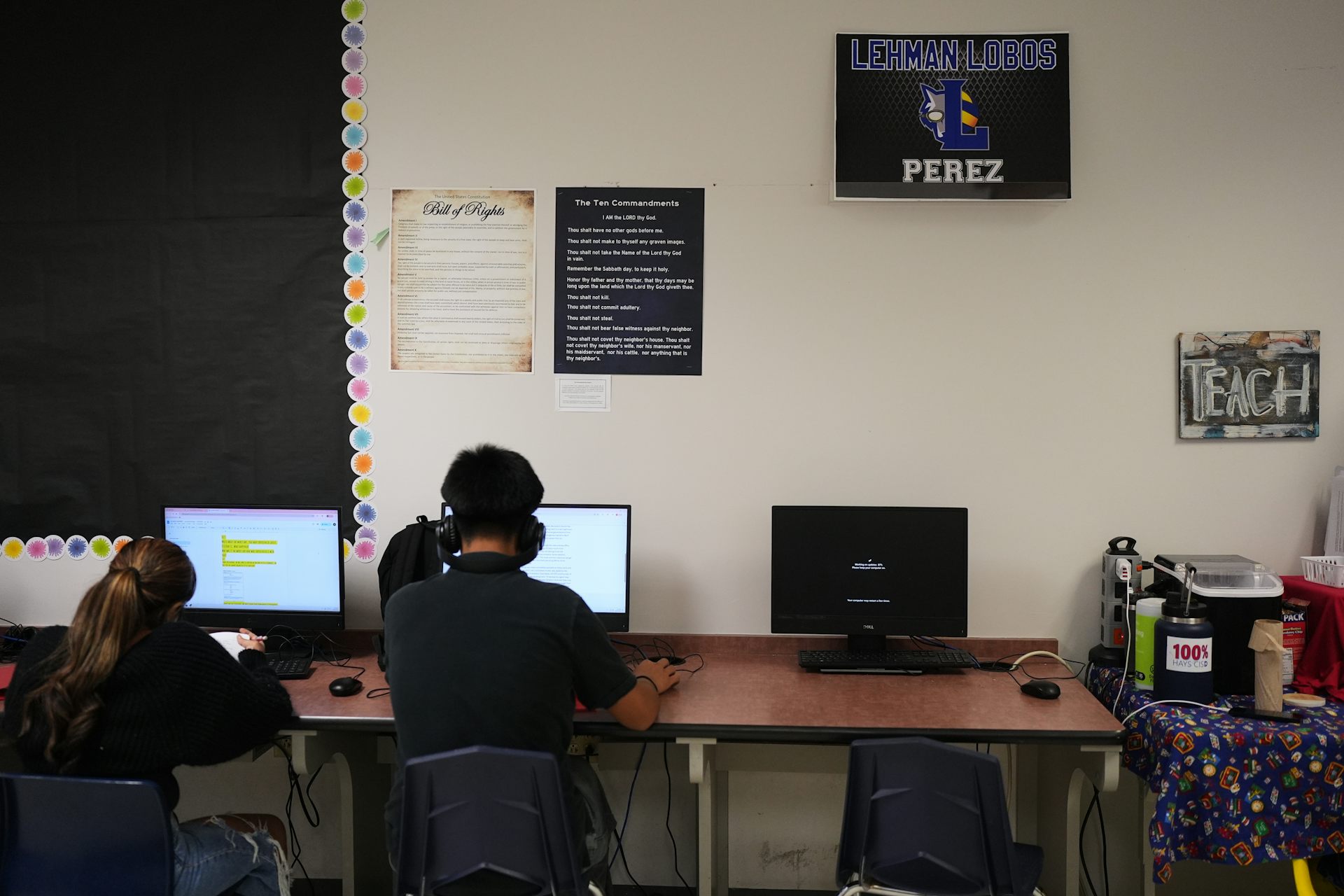10 years after, Cyclone Nargis still holds lessons for Myanmar
One hundred and forty thousand people died when a major hurricane hit Myanmar in 2008. Would the country be better prepared today?
When Cyclone Nargis struck Myanmar 10 years ago, 140,000 lives were lost and 800,000 were displaced. The category 4 storm slammed into Myanmar’s low-lying Irrawaddy Delta, an area that usually escapes major typhoons. High winds and a 12-foot storm surge devastated the area, affecting millions.
I was a senior humanitarian assistance officer at the United States Agency for International Development at the time. Myanmar, then under a military dictatorship, was clearly unprepared for a storm of this magnitude.
Not only did the country lack a weather radar network that could predict cyclones, it also had no early warning system, storm shelters or evacuation plans. Housing, built largely of bamboo and thatch, was hardly cyclone resistant.
In the 10 years since the storm, Myanmar has made significant progress on disaster preparedness. But the government’s relationship with international and local relief agencies remains fraught – potentially putting future lives at risk.
Unnecessary misery
I spent the immediate aftermath of Cyclone Nargis negotiating with the government to gain access for humanitarian organizations to access the country and provide emergency relief.
Myanmar, formerly known as Burma, was then largely a closed country run by the military. Battling many internal insurgencies over nearly 70 years, the military tended to spend money on security, undermining the growth of social programs. Disaster preparedness was extremely weak.
The security-obsessed Myanmar government made disaster recovery after Nargis infinitely harder than it needed to be because of resistance to international help, which was seen as a potential threat to internal security. The generals I worked with refused visas for international relief staff, delayed entry of ships carrying relief supplies and even arrested citizens for undertaking local relief efforts.
These delays left millions of people injured, hungry and homeless. More than 700,000 homes were fully or partially destroyed. Nearly 75 percent of health clinics were destroyed.
Two weeks later, under pressure from regional leaders, the U.N. secretary general, and critiques from the U.S. and other Western countries, the Association of South East Asian Nations, a regional governance body, brokered an agreement that allowed international organizations into the country to provide relief.
Numerous agencies came into the country, and several, such as Save the Children and World Vision, greatly expanded their programs and staff. It is estimated that more than 1.1 million received food assistance and other relief.
Government changes
A few years later, political change began to open Myanmar up to the outside world.
In 2010 a referendum allowed citizens to vote for their first elected leaders in two decades and eased tough restrictions on foreign access to the country.
This political opening also pushed the country to collaborate with neighboring countries and international partners on disaster preparedness. Myanmar worked with ASEAN on several regional storm risk-reduction programs, signed onto international agreements to boost its disaster resiliency and joined the Paris Agreement on Climate Change.
It also passed laws aimed at building national, state and local disaster response mechanisms, with the support of the U.S., Japan, the Myanmar Red Cross, the U.N. and other relief agencies.
Similar efforts had been shown to help neighboring Bangladesh greatly reduce its storm deaths in recent decades. In 1991, for example, approximately 135,000 people died in Cyclone 2b. By 2007, just 3,000 were killed in Cyclone Sidr, though it was one of the largest storms ever to hit Bangladesh.
Myanmar is also making an effort to replant coastal mangrove forests. Evidence shows that deforestation of this critical coastline ecosystem worsened the storm surge of Cyclone Nargis.
During Cyclone Nargis, many in the path of the storm doubted weather reports because of the unreliability of previous storm reporting. The country has now made dramatic improvements to its national weather forecasting and disaster warning systems, installing three new radar facilities and 30 new weather observation stations.
The new weather reports, which are broadcast regularly through radio and television, have evidently earned people’s trust. When severe weather is predicted, warnings will also be issued via newly installed loudspeaker systems.
The government also hopes to build 50 concrete shelters in cyclone-vulnerable Rakhine state and offer more training to government officials in “resilience training” – teaching them best practices in disaster management and social protection.
Rise of the smartphone
The most significant disaster mitigation development, however, has nothing to do with government legislation. It is the explosion of smartphones in the country.
In 2008, when I worked in Myanmar, only 3 percent of the population had mobile phones. By June 2017, about 90 percent of the country’s 54 million people had access to a phone with internet service.
Now, even the 85 percent of Myanmar citizens who live in rural areas will soon be able to receive storm warnings directly via a smartphone app.
Difficulties remain
While Myanmar deserves praise for learning from the Cyclone Nargis disaster, I fear that the government’s continued resistance to outside influence will undermine progress.
Even with the leadership of the elected leader Aung San Suu Kyi, who won a Nobel Peace Prize in 1991 for advocating democratic reforms, Myanmar remains something of a rogue state. Most notably, the country is accused of atrocity in its treatment of the Rohingya, a minority Muslim community from Rakhine state.
Thousands have reportedly been killed since August 2017 and many of their villages razed. Some 600,000 Rohingya are now refugees in Bangladesh.
Myanmar has consistently blocked the U.N. and international aid agencies from assisting Rohingya refugees. Just as it did in 2008, when I was negotiating with generals to get foreign aid workers into the country, the government still limits visas and operations for international nonprofit relief groups.
In my assessment, the government’s dual strategy – cooperating on disaster preparedness while obstructing humanitarian relief in conflict areas – still puts Burmese lives needlessly in danger.
By hindering relief organizations seeking to provide humanitarian relief to the Rohingya, Myanmar is creating confused and ineffective relationships with the same agencies that it will depend on after the inevitable next natural storm.
Myanmar has made great strides in disaster preparedness since Cyclone Nargis. But unless it builds more open and transparent relationships with international partners, it risks a repeat of another tragedy.
Gregory Gottlieb does not work for, consult, own shares in or receive funding from any company or organisation that would benefit from this article, and has disclosed no relevant affiliations beyond their academic appointment.
Read These Next
Trump administration replaces America 250 quarters honoring abolition and women’s suffrage with Mayf
US coins showcase American identity and public memory through their designs. The America 250 coins just…
Songbirds swap colorful plumage genes across species lines among their evolutionary neighbors
Interbreeding across species lines is one way helpful genes can spread into a bird population.
From evil to upheaval and beyond: How the ‘axis’ metaphor shaped modern geopolitics
Using ‘axis’ to describe a grouping of countries tends to link them to a sordid past – but not…






